
Bullets have become longer through the years, to the point that many of them do not provide gyroscopically stable flight from traditional rifling twist rates and shooting conditions. Because of this, ballistic coefficient (BC), accuracy potential and performance on impact may be degraded.
However, handloaders have a wide selection and complete control over the bullets they use. A little advanced sleuthing provides information to make bullet choices that optimize a barrel’s rate of twist and accuracy. Conversely, if rebarreling you can choose a twist rate to stabilize whatever bullet you want.
A desire to shoot at ever greater distance has driven manufacturers to produce longer bullets for improved BCs. Static BC improves when a bullet is longer with an extended, more pointy shape and a boat-tail. Adding weight also makes a bullet longer to improve BC. However, static BC based on a bullet’s weight and shape does not always translate to the dynamic BC of a bullet in flight.
Variables occur during a bullet’s firing and flight that cannot be incorporated into a bullet’s published BC. The primary variables with a given bullet are velocity, rate of twist, altitude and temperature. Velocity and temperature could be considered minor factors. The major ones that usually affect a bullet’s gyroscopic stability (SG), and hence dynamic BC, are twist rate and altitude.
This story is from the {{IssueName}} edition of {{MagazineName}}.
Start your 7-day Magzter GOLD free trial to access thousands of curated premium stories, and 9,000+ magazines and newspapers.
Already a subscriber ? Sign In
This story is from the {{IssueName}} edition of {{MagazineName}}.
Start your 7-day Magzter GOLD free trial to access thousands of curated premium stories, and 9,000+ magazines and newspapers.
Already a subscriber? Sign In
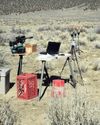
OEHLER's New System 89 Chronograph
Measuring Bullet Performance Downrange
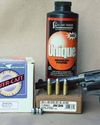
The Problem with Low Pressure Loads
Bullets & Brass
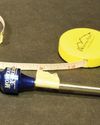
Measurements for Rifle Handloading
Handy Techniques for Accurate Ammunition
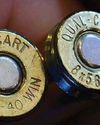
THE BRASS RING
In Range
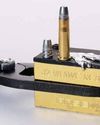
Semi-custom Bullet Moulds
Mike's Shoot in' Shack
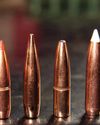
REVISITING THE 6.5 -06 A-SQUARE
Loading New Bullets and Powders
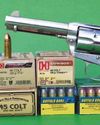
Cimarron Stainless Frontier .45 Colt
From the Hip
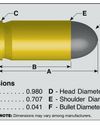
9x18mm Makarov
Cartridge Board
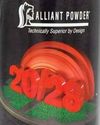
Alliant 20/28
Propellant Profiles
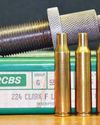
.224 Clark
Wildcat Cartridges